Last Updated on October 30, 2025 by teamobn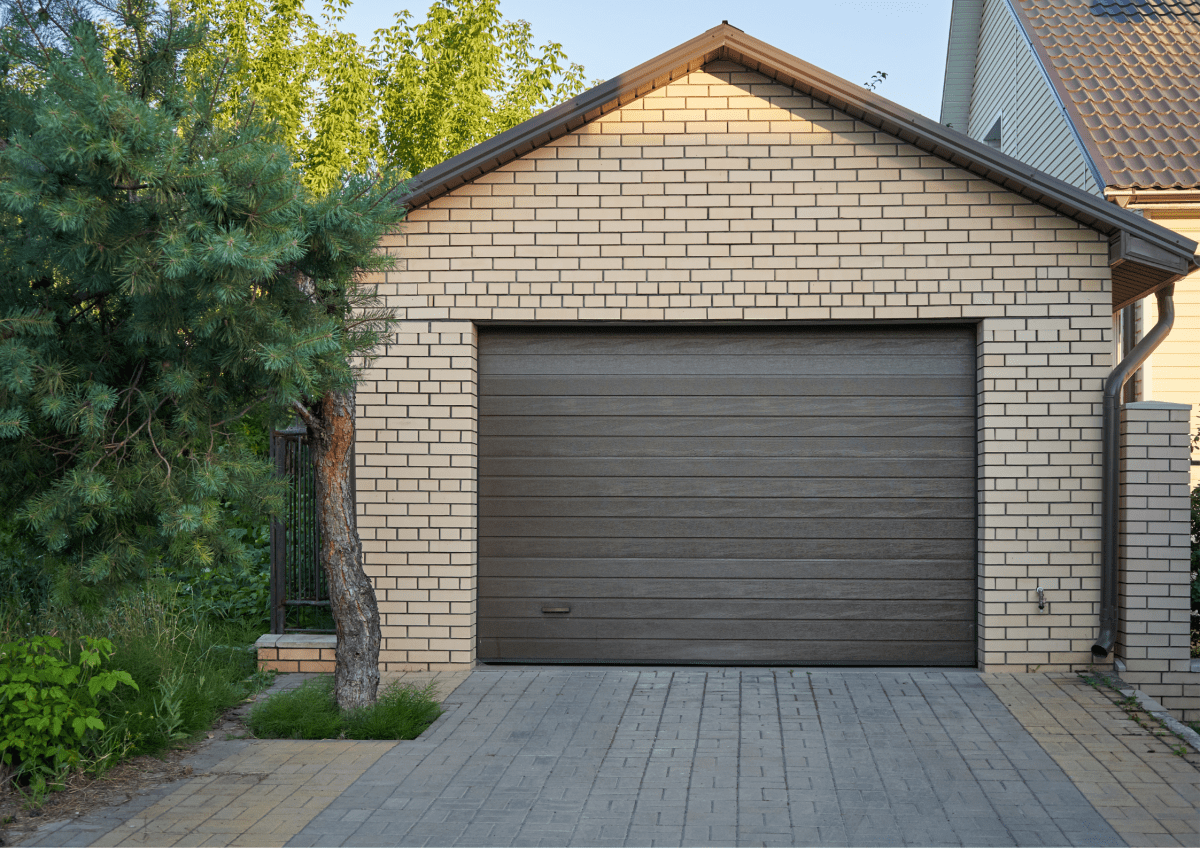
Welcome to the world of garage doors! A garage door is more than just an entryway to your home. It’s a big part of your home’s look and feel. Picking the right one is important. The right door keeps your garage secure and blends well with your home. It can also save you money on energy bills.
Below is our comprehensive guide on finding the proper garage door and other considerations for your house.
Contents
Garage Door Types
Garage doors come in different types. Each type has its own set of features. Knowing these can help you pick the one that fits your home and lifestyle best.
Sectional Doors
A sectional door is made of several horizontal panels. Hinges connect these panels. The door rolls up into the ceiling when you open it.
Sectional doors are popular for a good reason. They are very space-saving. All the panels tuck neatly into the ceiling. This leaves more room in your garage for storage or parking. They also offer good security and can be easily automated with a garage door opener.
But they’re not perfect. These doors often need regular maintenance. You need to check the springs and cables often. If one part breaks, it can affect the whole door. They can also be more expensive upfront compared to other types.
Roll-Up Doors
Roll-up doors are made of a single sheet of metal. They roll up into a coil above the garage door opening. They’re often seen in commercial settings but can work well in homes, too.
Roll-up doors are very durable. They can take a lot of wear and tear. They’re also great for saving space. Since they roll into a coil, they don’t take up ceiling or wall space. This makes them good for smaller garages. Plus, they’re simple, so they often require less maintenance.
On the downside, they can be noisy. The metal rolling up and down can make a lot of sound. They also lack insulation. This means your garage may not stay as warm in the winter or cool in the summer. Finally, the industrial look may not suit all home styles.
Tilt-Up Doors
Tilt-up doors are a single solid piece. They tilt outward and then go up to align with the ceiling of your garage. This type is old-school but still has its fans.
These doors are often less expensive to install. They have fewer parts, which means fewer things to break or maintain. They’re also easy to use and offer a traditional, simple look that many people like.
However, tilt-up doors need more outside space. When the door tilts outward, it can hit anything in its path. They also offer less insulation and can be less secure than other types. Manual operation is common, which might not be ideal for everyone.
Side-Hinged Doors
These doors look like large barn doors. They swing open from the center, hinged on the sides of the garage opening. They’re a classic choice and work well for specific setups.
Side-hinged doors are easy to install and operate. They’re great for garages where ceiling space is needed for storage. They also give a rustic or traditional look to your home.
However, these doors can take up a lot of space when open. They also generally offer less security. Automation options are available but can be more complex to install than for other door types.
Sliding Doors
Sliding doors move to the side instead of up. They run along a track and often come in pairs. You slide one door over the other to open or close.
Sliding doors are good for wide garage openings. They don’t take up ceiling space, which is great for specific storage setups. They can also be automated with a special kit.
However, sliding doors usually require more wall space on the sides. This might not work for all garages. They can also be less secure than other types and often don’t offer good insulation.
Now you know the basic types of garage doors. Think about your space, style, and needs. This will help you choose the right type for your home.
Materials Available
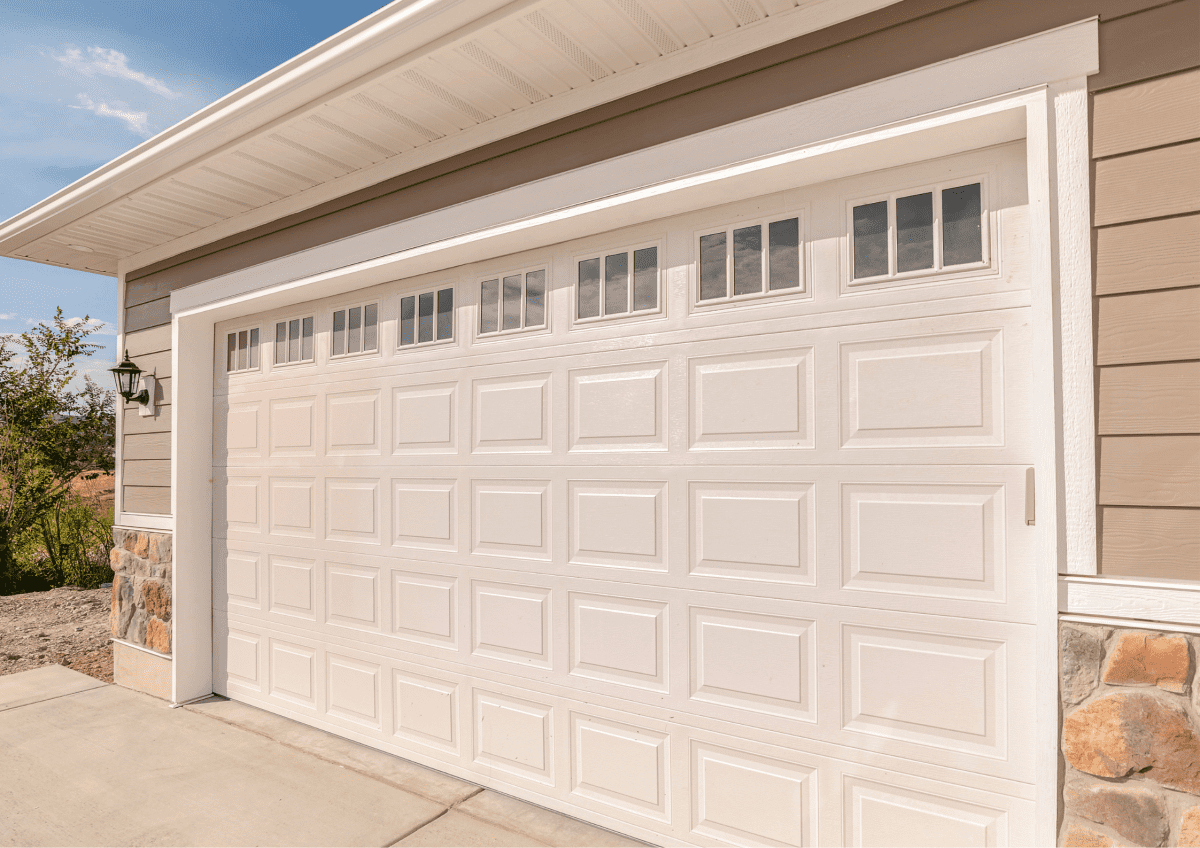
The material of your garage door matters a lot. It affects how your door looks, lasts, and even how much it costs. Let’s look at some common materials you can choose from.
Wood
Wood garage doors offer a timeless, classic look. They’re often chosen for their natural beauty and can be stained or painted to match your home.
Wood doors add a touch of luxury and warmth. They can also be customized more easily than other types. This makes them a great pick if you want an attractive door.
But wood doors need regular care. You’ll have to repaint or reseal them often to protect against weather. They can also be expensive to buy and install. Wood can warp or crack over time, especially in extreme weather.
Steel
Steel doors are known for their strength and durability. They’re made from a layer of steel and often have a foam core for added insulation.
Steel doors are very low-maintenance. They resist warping and cracking. They’re also generally more affordable than wood doors. Many come with options for windows or designs stamped into the metal.
However, steel can dent or scratch more easily than other materials. These flaws can lead to rust if not fixed. They may also look less natural than wood doors, which could be a style issue for some people. Steel doors offer less customization than wood doors, too.
Aluminium
Aluminium doors are lightweight and rust-resistant. They’re often chosen for their modern look. Many come with glass panels for a sleek design.
Aluminium doors are good for humid climates because they resist rust. They’re also easier to lift manually due to their lightweight. Their sleek, modern look works well with contemporary homes.
But aluminium is not very durable. It can dent easily. And while it’s lighter, it’s often not as insulating as other materials. This can make your garage less energy-efficient.
Fibreglass
Fibreglass doors are made from a fiberglass layer over a steel frame. They can mimic the look of wood and come in various styles.
Fibreglass doors are durable and lightweight. They stand up well to salt air and are good for coastal locations. They can also be more energy-efficient than other options.
However, they can yellow over time with exposure to sunlight. They’re also less strong than steel doors and can crack in freezing weather. Finally, they are usually more expensive than steel but less expensive than wood.
Vinyl
Vinyl garage doors are made from a durable plastic material. They’re known for being low-maintenance and are often used in budget-friendly setups.
Vinyl doors are resistant to dents and rust. They’re easy to clean and keep looking new. They also offer good insulation, which can save on energy costs.
The downside is that vinyl doors can fade in color over time. They also offer fewer customization options compared to wood or steel. Lastly, they are durable but can crack if hit hard enough.
Now you know about the different materials for garage doors. Each has its own perks and drawbacks. Keep your local weather and your home’s style in mind. This will help you make the best choice.
Security Add-Ons
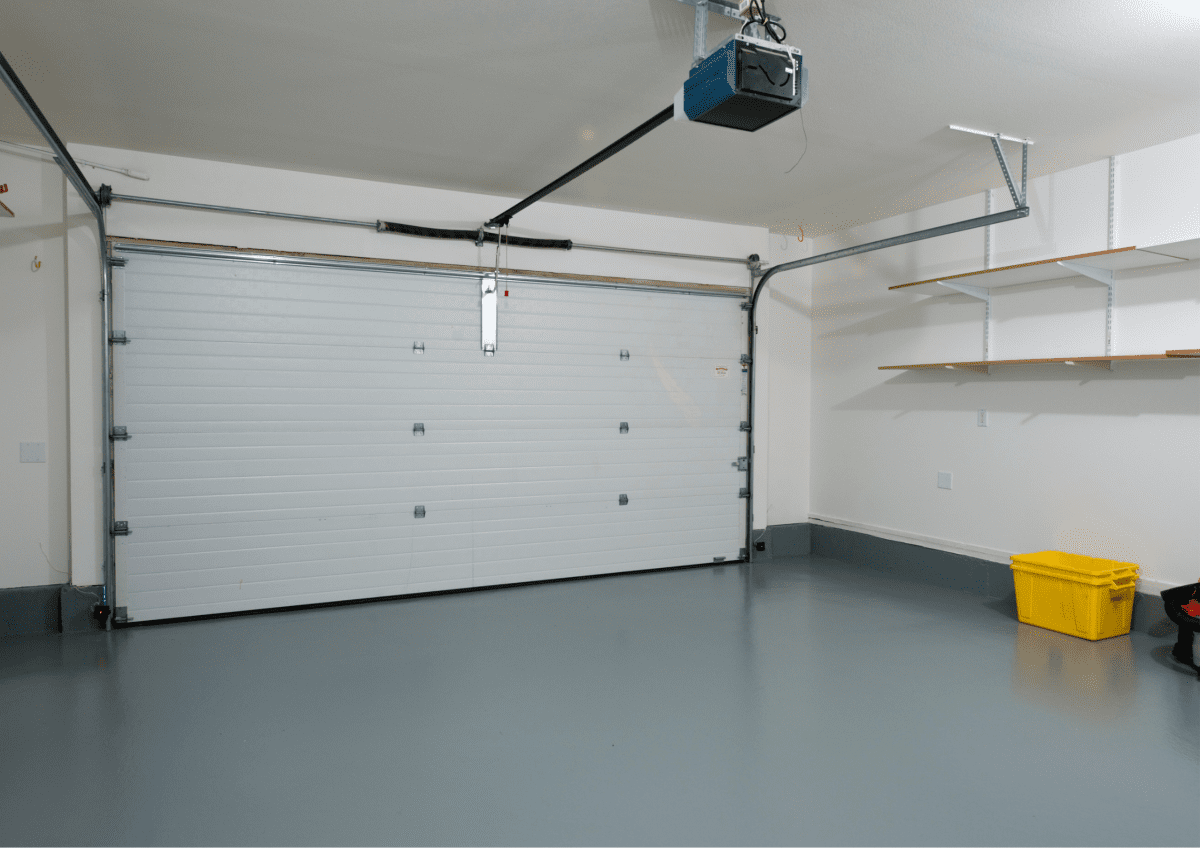
Security is a key part of choosing a garage door. The right features can keep both your garage and home safe. Let’s look at some add-ons that can boost your garage door’s security.
Locking Mechanisms
Locks make sure your garage door stays shut when you want it to. Deadbolts are strong and slide into place, making the door hard to force open. Slide locks latch the door to the frame. Keyed locks require a physical key to open.
Each type of lock offers different advantages. Deadbolts are very strong and give excellent security. Slide locks are simple but effective. They work well as a second lock. Keyed locks are classic and reliable. They can also be changed easily if you lose a key.
Smart Technology
Smart tech makes your garage door smarter and safer. Smartphone apps let you open or close the door from anywhere. Wi-Fi-enabled openers connect to your home network. Smart keypads need a code to open the door.
These smart features offer a lot of benefits. You can check if you forgot to close the door and fix it from anywhere. Smart keypads can have temporary codes for guests. Wi-Fi openers can send alerts if the door opens when it shouldn’t. 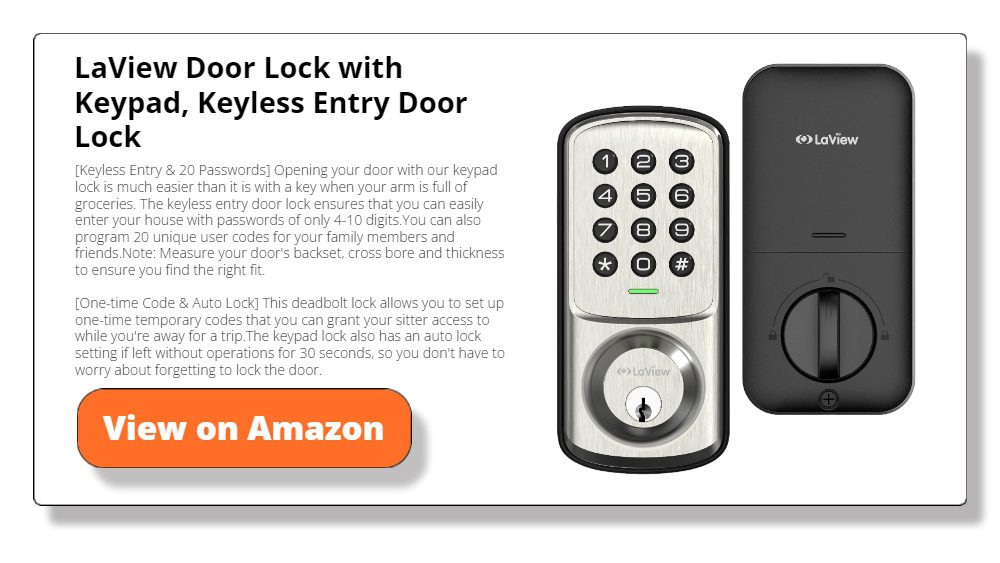
Motion Sensors
Motion sensors add eyes to your garage. Infrared sensors detect heat and motion. Motion-activated cameras start recording when they sense movement. Ultrasonic sensors use sound waves to detect movement.
Sensors have many upsides. Infrared sensors can trigger an alarm or light, scaring off intruders. Cameras give you a video record of what happens. Ultrasonic sensors are sensitive and can even detect small animals or objects moving.
One example of a security motion detector is the WYZE V3 camera. It is IP65-rated to be resistant to heavy rains. It also has a Starlight Sensor that lets you see more of your garage’s outdoor space at night. 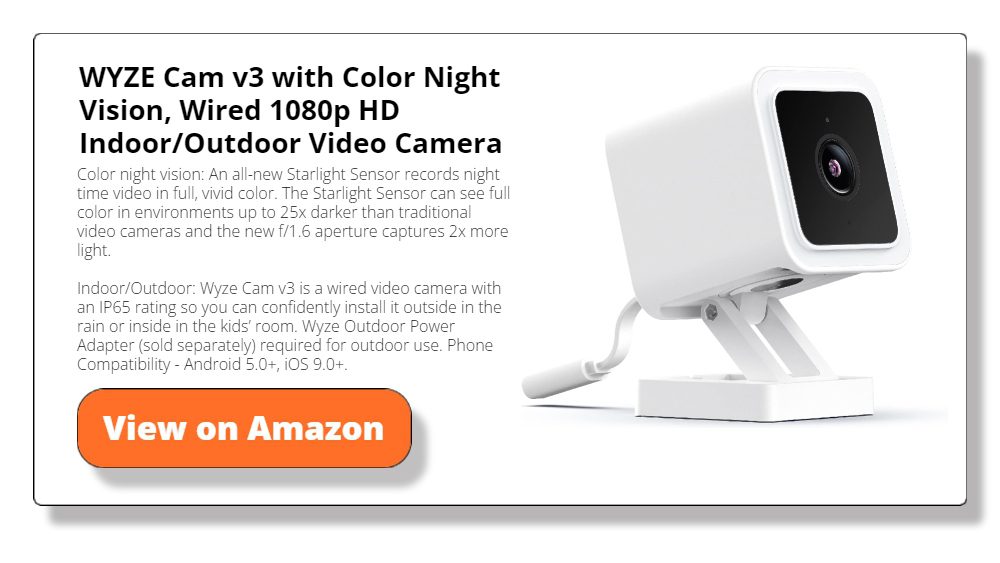
Insulation Considerations
Insulation is key for a comfortable and efficient garage. It helps control the temperature inside. Let’s explore different insulation options for your garage door.
Polystyrene Panels
Polystyrene panels are more than just foam sheets. They act as a buffer, helping to keep your garage temperate by limiting the exchange of hot and cold air. These panels are a go-to choice for people who want a quick, affordable upgrade to their existing door.
Though cost-effective and easy to install, they’re not the most efficient insulators. They offer moderate insulation value, but consider other materials if you’re looking for a heavy-duty option.
Polyurethane Foam
Imagine filling every nook and cranny of your garage door with a foam that hardens and insulates. That’s what polyurethane foam does. It’s a comprehensive solution providing superior insulation and rigidity to your door panels.
Polyurethane foam indeed provides excellent insulation, but it has its drawbacks. The process makes the door significantly heavier, which might require a more robust lifting mechanism. Also, it’s more expensive upfront compared to simpler solutions like polystyrene panels.
Weatherstripping
Weatherstripping is a seal, a protective strip that goes around your garage door to cover gaps where air can escape. It’s like adding a scarf and hat to your garage door to keep the warm and cold air in.
This insulation method is highly complementary; it works well with other types, enhancing their effects. But it’s not a one-and-done solution. Weather stripping can wear out over time, especially in harsh climates, and will eventually need to be replaced.
Insulation Kits
For the hands-on homeowner, insulation kits offer a DIY approach to improving your garage’s thermal performance. These kits have everything you need to get the job done, from panels to fasteners.
The kits can be a budget-friendly and satisfying weekend project. However, they’re generally not as effective as professional insulation solutions. If you’re not handy, installing it yourself could lead to gaps or uneven coverage, reducing the kit’s effectiveness.
Now you know about insulation choices for garage doors. Think about your local climate and your garage’s use. The right insulation will make your garage more comfortable and could save you money.
Design and Style
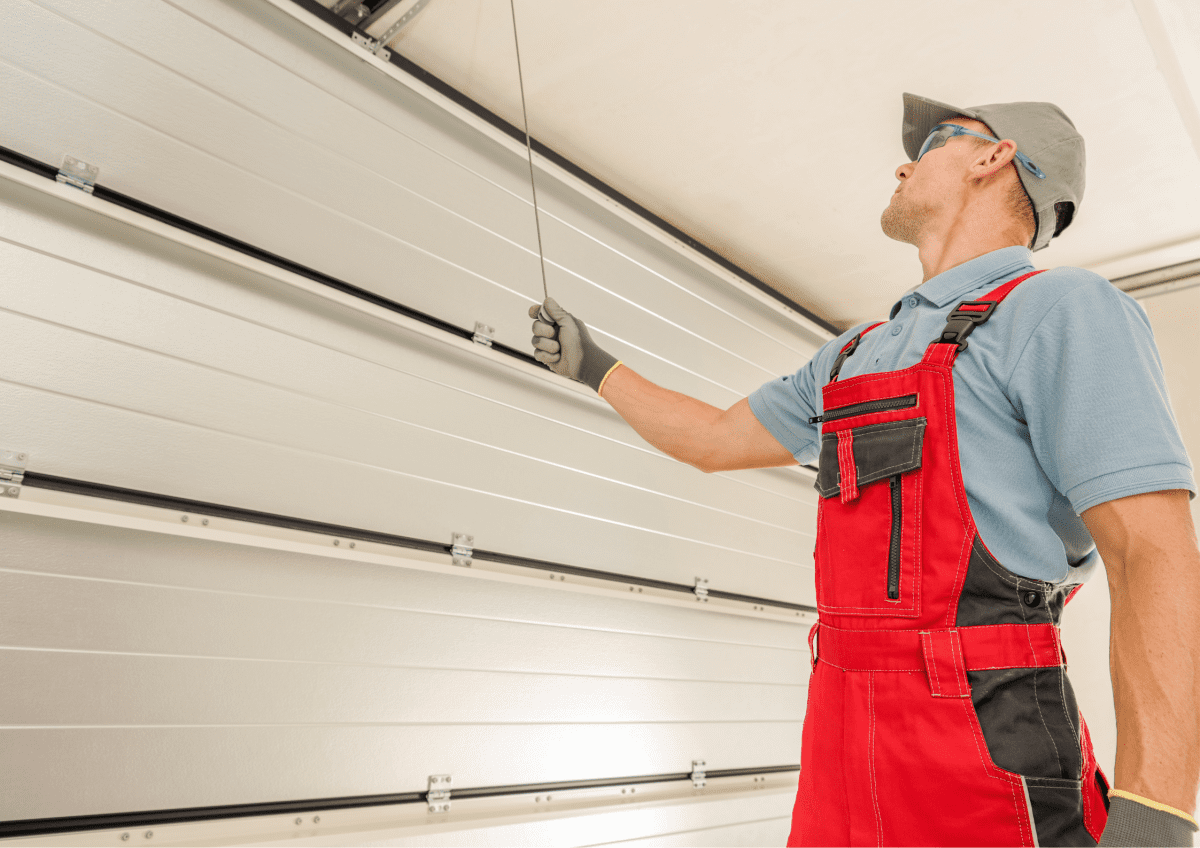
Your garage door should match your home’s look and feel. The design and style matter as much as function. Here are some elements to consider.
Panel Design
The design of your garage door panels can make a big statement. Flat panels give a sleek, modern look that fits well with contemporary homes. Raised panels offer a more traditional feel, often adding depth and character to the door. Some panels even come with windows, which can bring in natural light.
But design choices also have downsides. Flat panels might look too simple for some tastes. Raised panels can trap dirt and debris, making cleaning a bit harder. Windows can add style but might lessen your privacy and security. Think about these pros and cons when choosing a panel design.
Colors and Finishes
The color of your garage door can set the mood for your entire home exterior. Classic white is safe and clean, but bold colors like blue or red can make your home pop. Wood finishes offer a rustic or luxurious feel but might require more maintenance to keep them looking good.
It’s not just about looks, though. The right color can also affect your home’s resale value. Some finishes, like faux wood, can be expensive but add a unique touch. If you live in a homeowners association, check the rules on approved colors and finishes before choosing.
Hardware
The hardware on a garage door includes elements like handles and hinges. These might seem like small details, but they can add a lot of style. Sleek, stainless steel handles can give a modern edge, while ornate, wrought iron can offer a classic look.
While hardware adds style, it can also add to the cost. And not all hardware is purely decorative. Some pieces, like reinforced hinges, add extra security. Keep both function and fashion in mind when picking your hardware.
Design and style are key when picking a garage door. Think about what matches your home and your taste. A well-chosen style can boost your home’s curb appeal.
Maintenance Guide
A garage door needs regular care to work well and last long. From cleaning to small repairs, maintenance is vital. Here are some areas to focus on.
Cleaning and Painting
Cleaning your garage door keeps it looking good and working well. Dust and grime can build up over time, speeding up the wearing of the door’s mechanical parts. Use soap and water for a simple clean. If your door is painted, check for chips and peeling.
Repainting is sometimes needed. A fresh coat of paint protects the door from the weather. Make sure to use the right kind of paint. Some materials need special paint to stick well and last long.
Lubrication
Moving parts need to stay smooth. Lubrication prevents grinding and wear. Use silicone or lithium-based grease on rollers, hinges, and tracks. Do this at least twice a year for best results.
Skipping lubrication can lead to problems. Noisy doors or parts that stick are often signs of missed maintenance. Regular grease-ups can keep your door running smooth and quiet. This step also helps prevent the hinges from rusting.
Checking and Tightening Hardware
Your garage door has a lot of moving parts. Over time, screws and bolts can loosen. Take time to check and tighten these parts. Use a wrench for the tightest security.
Loose hardware can lead to bigger issues. It can throw off the balance of your door. This makes the door work harder and wears out parts faster. Regular checks can prevent these problems.
Spring and Cable Checks
Springs and cables are key to lifting your door. But they can wear out or break. Look for signs of wear, like fraying or stretching. If you see issues, it might be time for a replacement.
But be careful. Springs and cables are under a lot of tension. Fixing or replacing them can be dangerous. It’s often best to call a professional for this job. Regular checks can catch problems before they get worse.
You’ve learned about different parts of garage door maintenance. Keep up with these tasks to ensure your door stays in top shape. Regular care can save you money and trouble down the line.
Conclusion
You now know a lot about choosing and caring for a garage door. From the type and material to security and insulation, each choice matters. Even the style and maintenance have a big role. Take your time and think about what you need. The right garage door can make your life easier and your home better.






